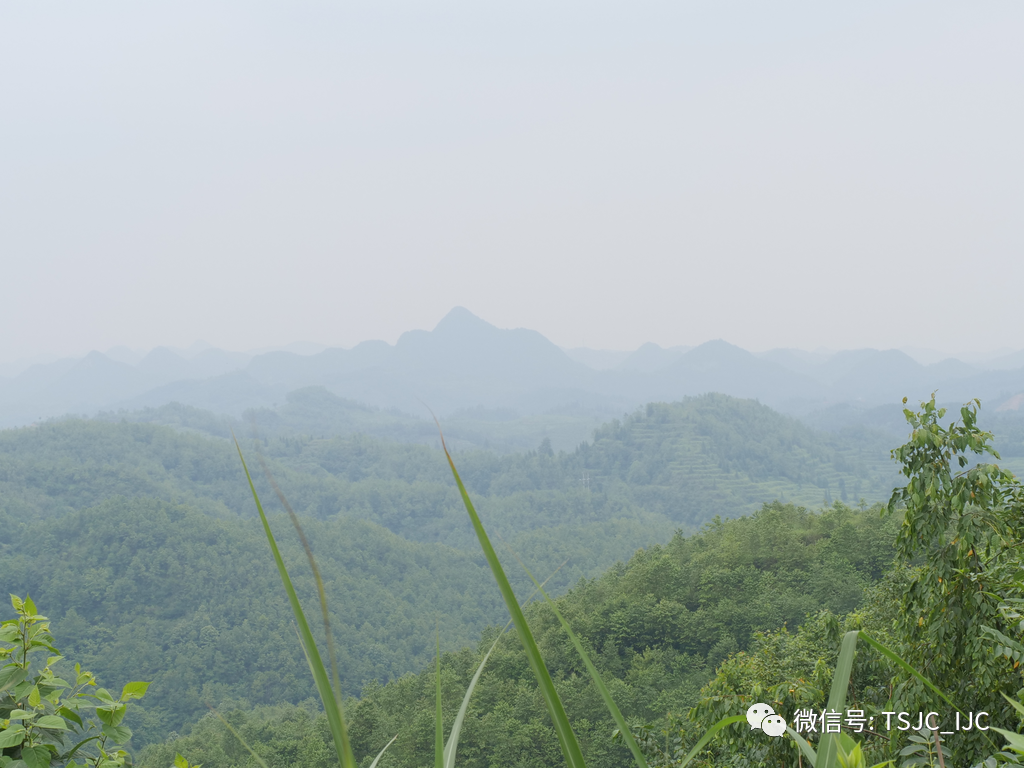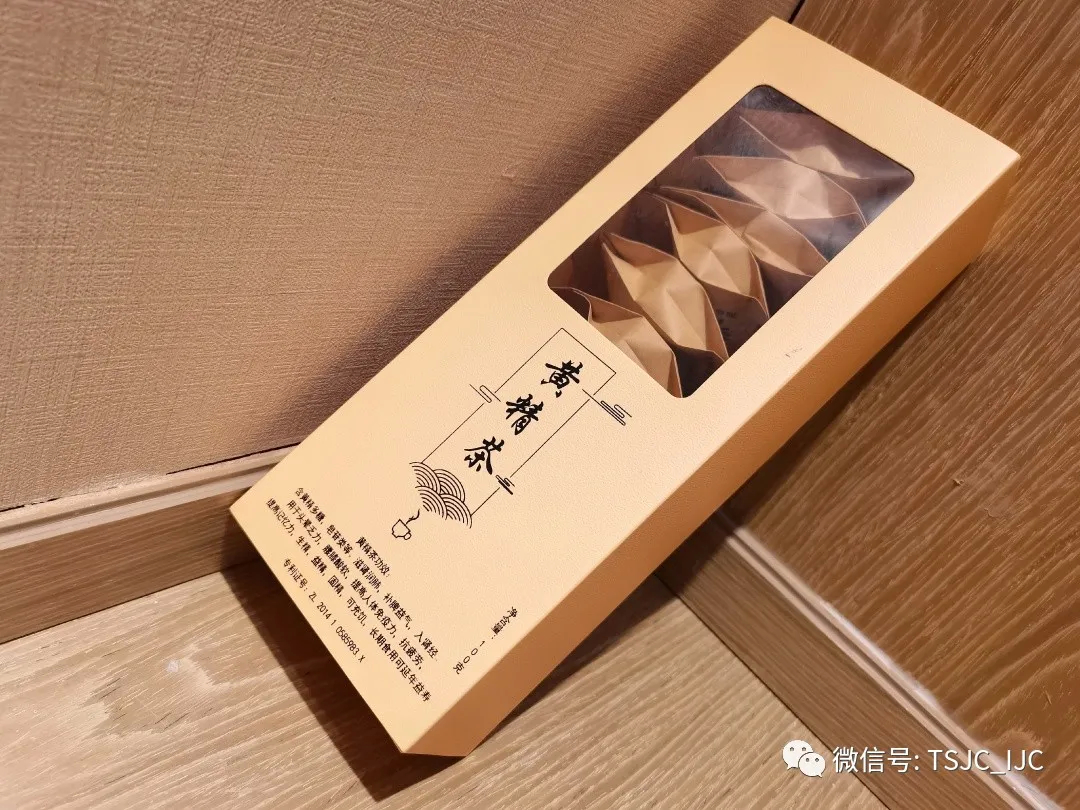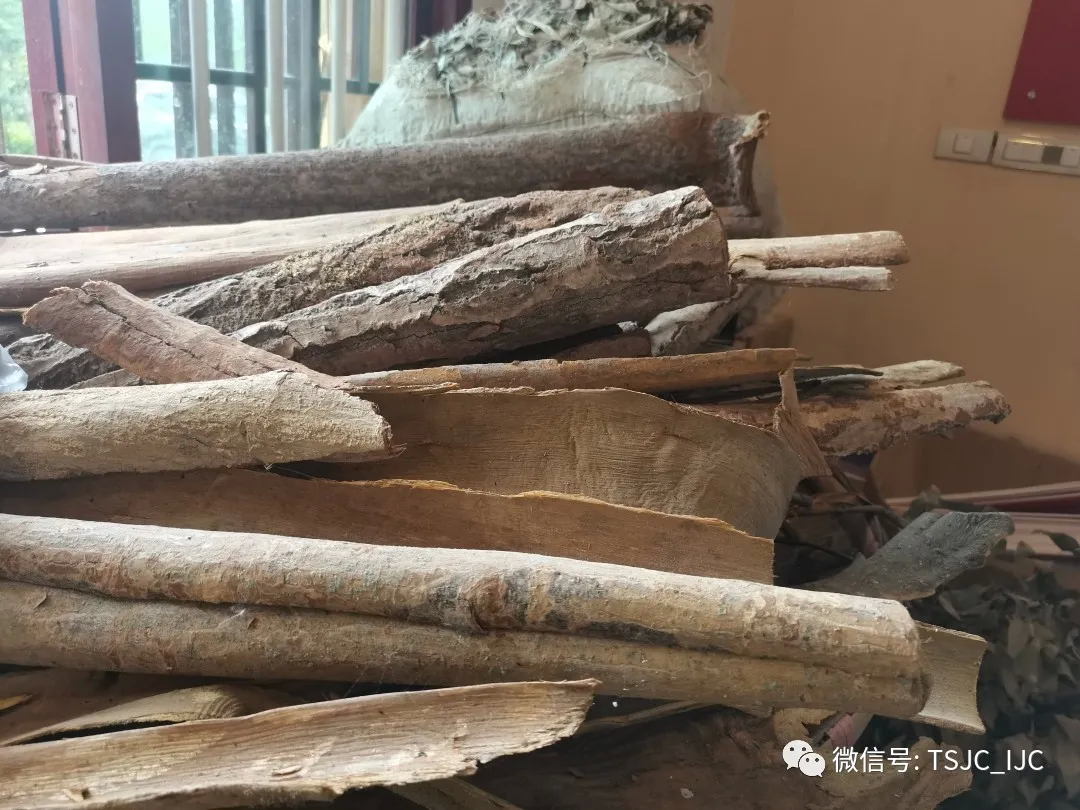22
2021.06
When it comes to Herbal Valley, a lot of people will think of the wonderland in Chinese martial arts novel where the girl guarding the secrets of herbal medicine fell in love with a hero. What many people don't know is that it is also the name of a national demonstration base for Chinese medicinal materials in Anshun City, Guizhou Province, China.

Anshun Herbal Valley, photo by Du Ke
Located in Jiuzhou Town, Anshun City, Anshun Herbal Valley was founded in 2012 and is operated and managed by the Yulin agricultural producers’ cooperative. In the valley, more than 13,600 mu (907 hectares) of Chinese medicinal materials have been planted.
There are endless green hills, and Chinese medicinal materials such as amur cork tree, peony, kuh-seng, honeysuckle and platycodon grandiflorus are clustered on the slope and at the foot of mountains. Yellow, white, and purple flowers bloom on the branches, and the grasses next to the roots are like a green carpet. As the breeze blows, you can smell the plant growth, flowering, and growing seeds.

The seeds of amur cork tree, photo by Du Ke
Looking at this scene, it is hard to believe that there was a wildfire here in 2008, and the trees were completely destroyed and left uncultivated for many years. It was not until 9 years ago that Ren Tingzhou, the head of the Yulin agricultural producers’ cooperative, came here and found that the ashes were rich in nutrients, and began to grow woody Chinese medicinal materials here.
The hills are covered with plants again. The land resources under the trees are efficiently used, and a compound production and operation model integrating planting, breeding, picking, and tourism has been established to promote regional development.
Anshun Herbal Valley has also established school-enterprise cooperation with Guizhou University and other institutions to carry out research.
The Yulin agricultural producers’ cooperative also provides technical training for neighboring farmers who are willing to plant Chinese medicinal materials, and donates money and seeds to poor farmers and provides jobs for them.
As of 2020, it has used idle farmland and barren hills as planting land, driving more than 6,000 farmers in Anshun City to grow more than 100,000 mu (6667 hectares) of Chinese medicinal materials, and helping more than 4,700 poor farmers.

A local villager who works here, photo by Du Ke
“This plant with small clusters of round seeds is amur cork tree. It is the main Chinese medicinal material we grow here. It can clear away heat and detoxify. This purple flower is platycodon, which can help cure your cough,” 56-year-old Ren proudly pointed to one herb after another.
Ren has never worried about sharing planting technology will bring competitive pressure to his own company. “The market demand is huge, and the supply is in short,” he said. “Moreover, the overall development is very important. Only when the whole is good can the individual be good.”

Ren Tingzhou, photo by Du Ke
Ren has a characteristic of “seize the momentum.”
As more and more people came to visit, and more and more citizens of Guizhou Province were attracted to drive to admire the beautiful scenery, Ren gradually realized that this valley is a natural tourist resource. The combination of Chinese medicine and forest is a good theme of culture-oriented travel and health and wellness tourism.
Since 2017, Ren began to think about whether he could combine the dissemination of Chinese medicine culture, viewing the landscape of Chinese medicinal materials, and providing medical and healthcare services with rural leisure tourism.
“I want to build a health and entertainment center in the forest that integrates medicine and health, leisure travel, folk culture, ecological demonstration, and popularization of Chinese medicine knowledge,” Ren said. Behind him, people who came to visit were tasting a pot of “Huangjing Tea” made from a medicinal material called “Huangjing”.

Huangjing Tea, photo by Huang Sinan
However, the infrastructure of the center is not yet complete, and its brand reputation is limited to Guizhou Province. In 2020, affected by the COVID-19, the center was closed for half a year, with only 18,500 tourists and a comprehensive income of 5.94 million yuan.
Although the profit of health tourism is not very satisfactory compared to the sales of medicinal materials, Ren does not intend to give up.
He plans to make further explore in terms of cultural brand building, infrastructure construction, and tourism system design.
“The key of health tourism is ‘experience’. And the feelings that people experience here are actually very good. We are doing a lot of planning, but we need a lot of funds and enough time. We are looking for partners,” Ren said.

Amur cork tree, photo by Huang Sinan
Since ancient times, Guizhou has enjoyed a reputation for producing many high-quality Chinese medicinal materials. In recent years, the province has vigorously developed Chinese medicine brands. During China's 12th Five-Year Plan (2011-2015), the traditional Chinese medicine industry has become an important pillar industry driving Guizhou’s economic growth.
The development of Anshun Herbal Valley is a microcosm of the continuous self-innovation of Guizhou’s traditional Chinese medicine industry. The prosperity of the primary industry promotes the development of the tertiary industry, showing that traditional industries are constantly showing new possibilities in China.

Women working here are chatting, photo by Li Hang
At around four o'clock in the afternoon on the summer solstice, four older women carrying tea-picking baskets walked down the mountain road. They were villagers in nearby villages, employed by Ren and had just finished weeding and collecting herbs.
They rested in front of a store selling food made from medicinal materials, chatted in dialect, and laughed from time to time. In the distance, all kinds of Chinese medicinal materials thrive in the mountains, full of greenery.
Reporter|Huang Sinan

2025.12.05 14:59
05
2025.12
05
2025.12
05
2025.12
 28:32
28:32
2025.06.19 08:55